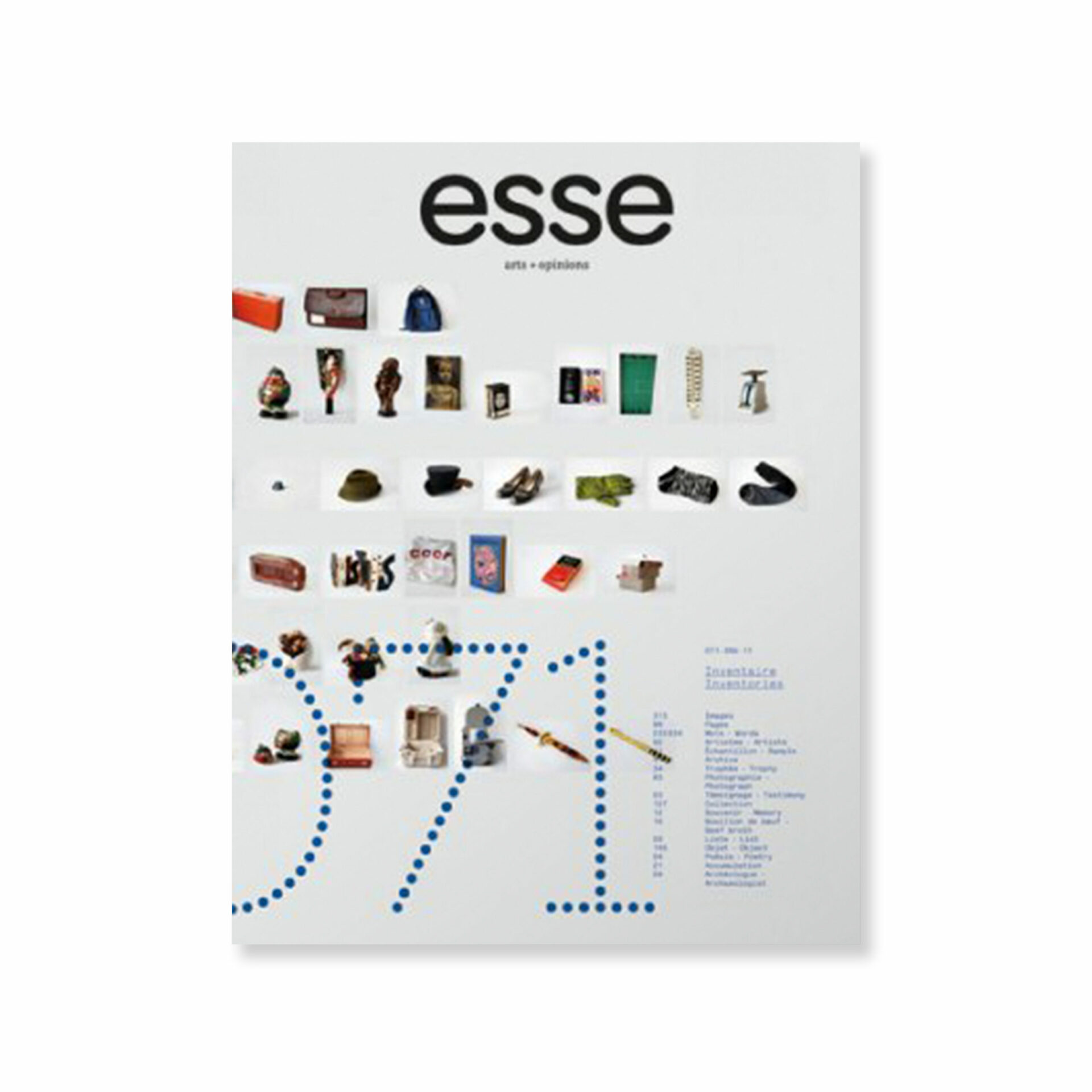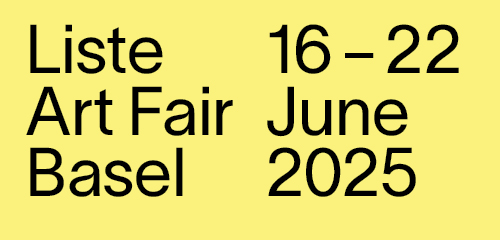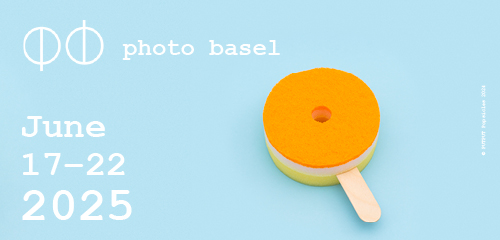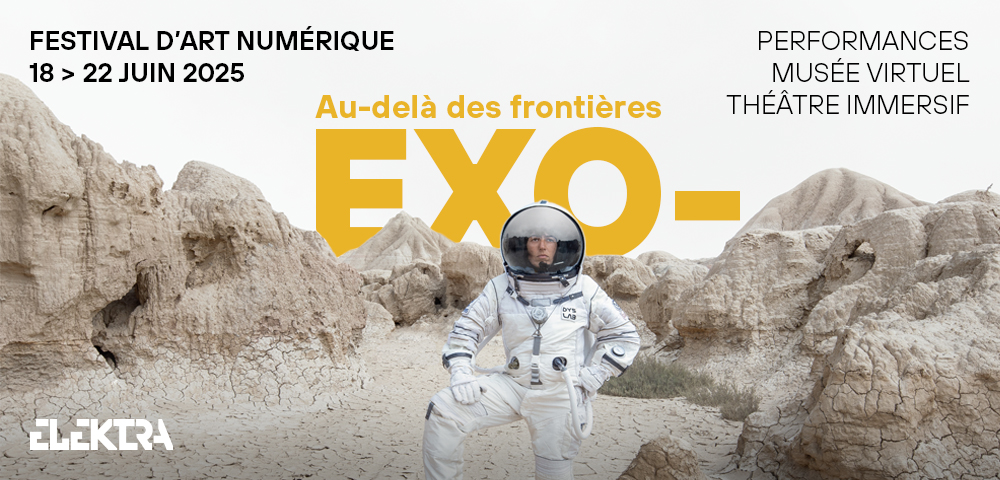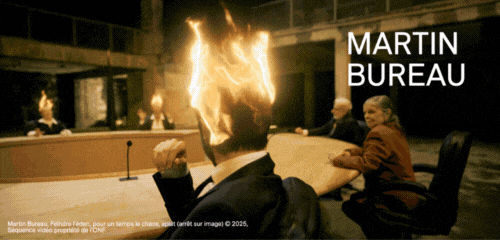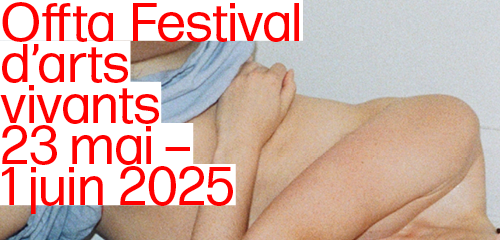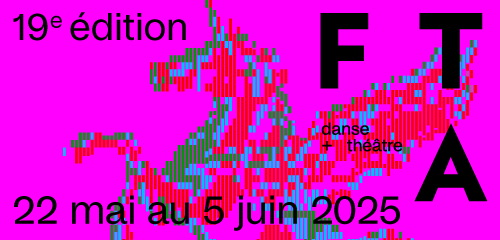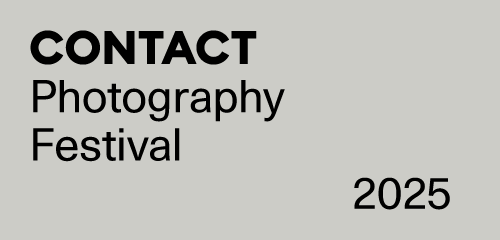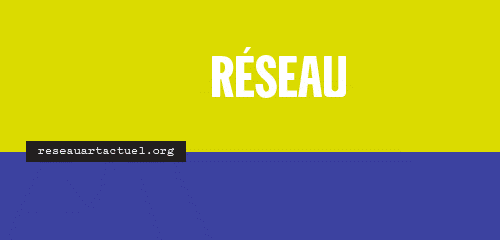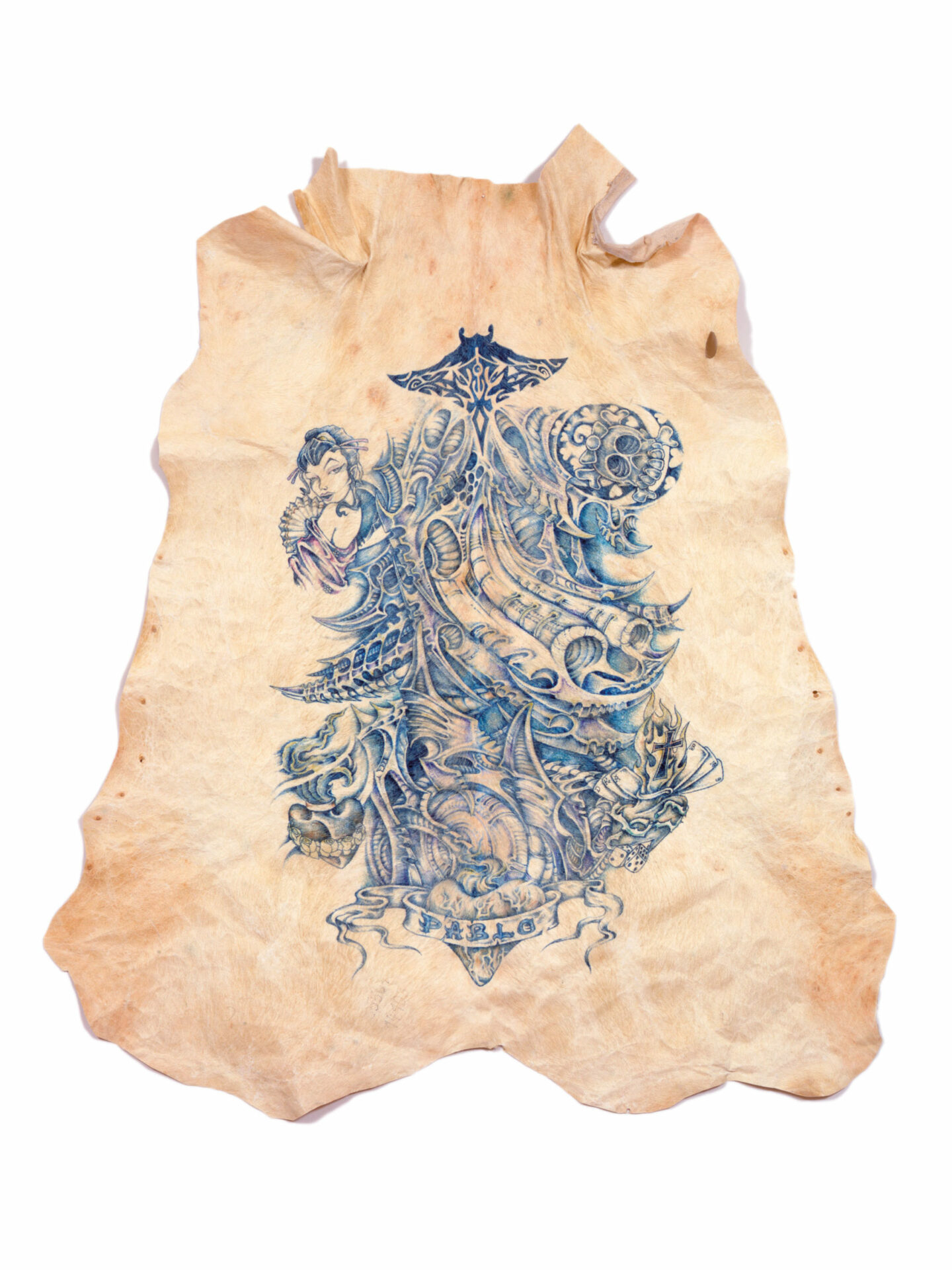Ken Lum
Monument for East Vancouver
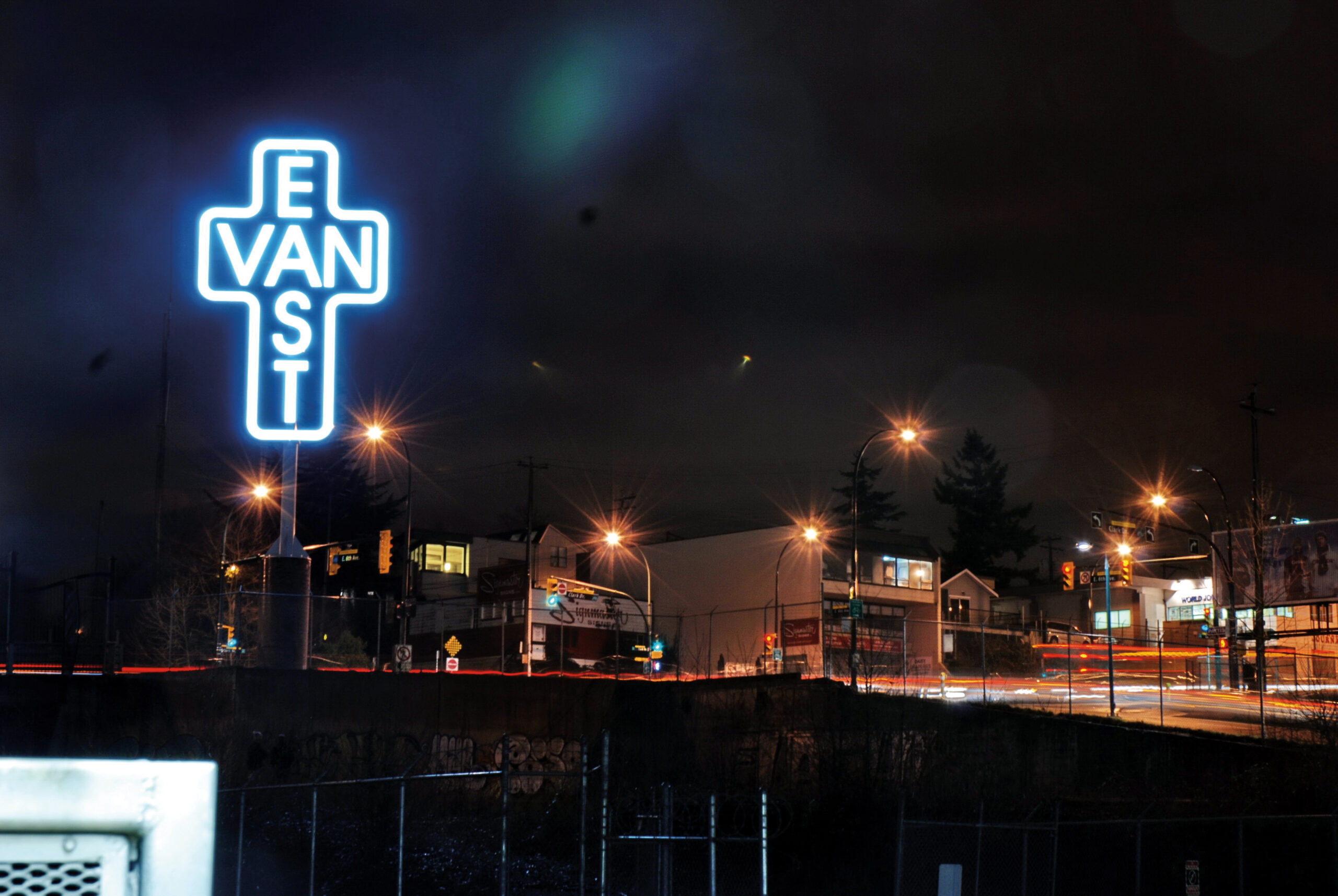
Photo : courtesy of the artist
[En anglais]
A new sign looms large over the city of Vancouver. Seated high on a promontory in the city’s Eastside is a 20-metre high illuminated crossword that spells out the words “East” “Van,” joined by their common vowel to form a crucifix. Ken Lum’s recent addition to the city’s public art program, Monument for East Vancouver, is a large-scale replica of a well-known tag that has quietly circulated on sidewalks and buildings, t-shirts and tattoos in Vancouver’s Eastside for decades. It is a signifier of those living in the Eastside, and is a commonly understood gesture of defiance against the city’s more affluent centre of economic and political power to the west. Indeed, Lum’s sleek facsimile pointedly faces west and, with its glowing LED lights, is clearly visible for miles.
Monument for East Vancouver monumentalizes an unofficial marker of identity. By giving the sign a sanctioned status and permanent place, Lum gives authority to a symbol that has otherwise circulated fugitively. Though Lum was raised in Vancouver’s Eastside, his decision to appropriate the sign is deliberately ironic—in the sense of having multiple meanings—rather than simply as a symbol of Eastside pride. Both irreverent and sacrilegious, Monument for East Vancouver points to the complex construction and assertion of difference, formed here along the lines of class and race, and is exercised across territory and public space. Since the launch of the artwork earlier this year, it has become immediately iconic.
Lum’s new work joins an ever-evolving network of text-based public artworks throughout the city, as if a concrete poem has been overlaid on a map of Vancouver. Lawrence Weiner’s cedar letters spell out “Placed Upon the Horizon (Casting Shadows)” (1990) on the south façade of the Vancouver Art Gallery, Kathryn Walter’s poignant statement of resistance “Unlimited Growth Increases the Divide” (1990) flanks the façade of the Del Mar Inn, Martin Creed’s “Everything is Going to Be Alright” (2009) sits atop the roof of the Wing Sang Building in Chinatown, Ron Terada’s “The Words Don’t Fit the Picture” (2010) stands on the south plaza of the Vancouver Central Library, and Liam Gillick’s recent text wraps around two sides of the Fairmont Pacific Rim Hotel, reading “lying on top of a building. . . the clouds looked no nearer than when I was lying on the street” (2010).
While these texts may not necessarily be read together as one cohesive narrative, their accumulation speaks to Vancouver’s reputation since the late 1960s as a centre for conceptually-driven contemporary art, as well as to the importance of language to an understanding of how a city is read as a text, or re-read in the case of these works. In this light, Lum’s monumentalization of the Eastside’s furtive symbol recasts it as an official and permanent mark of place.





